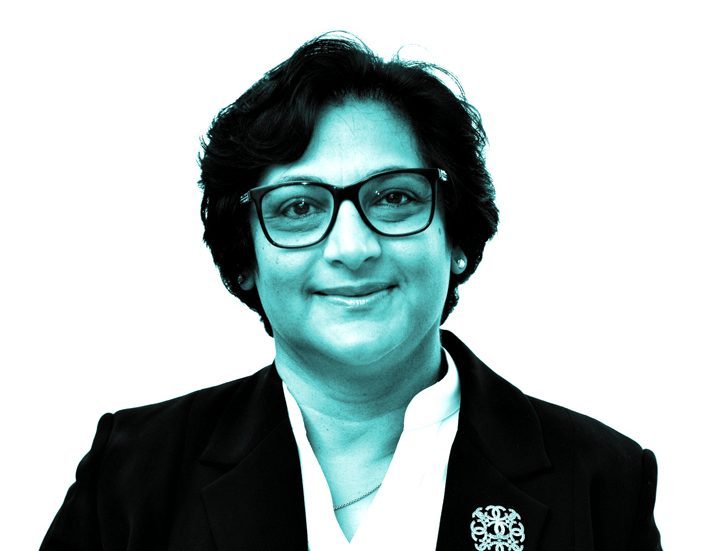The role of PPPs in meeting the UAE’s future healthcare needs
Shainoor Khoja examines the importance of public-private partnerships for the UAE’s healthcare sector

When it comes to business partnerships, it is best to stick to that time-tested adage, ‘if the shoe fits, wear it’.
In their search for partners, new ventures in the UAE healthcare sector would be well advised to assess whether the public-private partnership (PPP) model fits them.
A PPP is a contractual relationship between one or more government entities and one or more private sector organisations. According to Dubai Law No. (22) of 2015 on public-private partnerships, an investor may propose a PPP with the government to build, finance and operate healthcare facilities. The law permits a range of PPP models including build-operate-transfer, build-own-operate-transfer, build-transfer-operate, concession agreements, and management and operation contracts.
PPPs are based on a clear business model that brings benefits to all partners involved, create multiple business opportunities, distribute the risk of conducting business and offer a wide variety of appropriate modes of public and private funding. The PPP law and related guidelines seek to provide a strong framework for engagement in the region to attract local and foreign investment and support the UAE’s agenda of implementing a sustainable, competitive economy based on knowledge and diversification.
The UAE’s long-term ambitions, as outlined in the Abu Dhabi Economic Vision 2030 and the UAE Centennial 2071, focus on strengthening the nation’s global reputation. These ambitions include megaprojects, particularly those related to developing quality healthcare and education.
To achieve its goals, the UAE’s leadership is exploring the PPP model to leverage the best that the government can offer on a meritocratic basis to address the country’s needs.
Already a key contributor to the UAE economy, according to Alpen Capital Consulting services, the healthcare sector is expected to reach Dhs71.5bn ($19.46bn) by 2020, an average annual increase of 12.7 per cent from 2015. This growth has been driven by a rising population, the evolution of private health infrastructure and the emergence of medical tourism. Even though some services in this sector have sufficient supply, demand-supply gaps still exist in several healthcare specialties.
World-class healthcare is one of the pillars of the UAE Vision 2021. In line with this, the government has
outlined ambitious targets and initiated reforms to fortify national and international quality standards of medical services and staff by collaborating with the public and private sector. Mandatory health insurance in the UAE is one such step that has led the public and private sector to build synergies aimed at serving the market effectively.
PPP projects in healthcare are usually designed to achieve three main objectives. This includes the development of new or refurbished primary, secondary and tertiary health facility infrastructure, provision of applicable products such as medical equipment or supplies, ensuring the ongoing maintenance and/or replacement of medical equipment as well as providing a wide-ranging suite of healthcare services such as non-clinical services and clinical support.
With investments flowing into the UAE from all over the world, PPPs allow the government to direct private sector healthcare finance to segments and locations where they are most needed. The model also enables the public sector to access best-in-class technology and services to better manage its resources, target areas with the best ROI and reduce operational expenses. Seizing these benefits will help meet the demands and expectations of the country’s growing population by providing accessible and high quality healthcare.
For investors, the PPP model could play an important role in guiding investments to priority areas in line with the UAE government strategy of becoming one of the best in the world in terms of quality of healthcare.
While PPPs can aid the government’s vision, more importantly, they can play a role in increasing operational efficiencies, and the delivery of substantial need-based services for the present and future generations. Primarily because PPPs are structured in a manner that would allow private sector investors to plan their entry, return and exit with greater clarity in return for providing funding that bridges gaps in key sectors.
Shainoor Khoja is chief impact officer and managing director of value healthcare at Foundation Holdings
